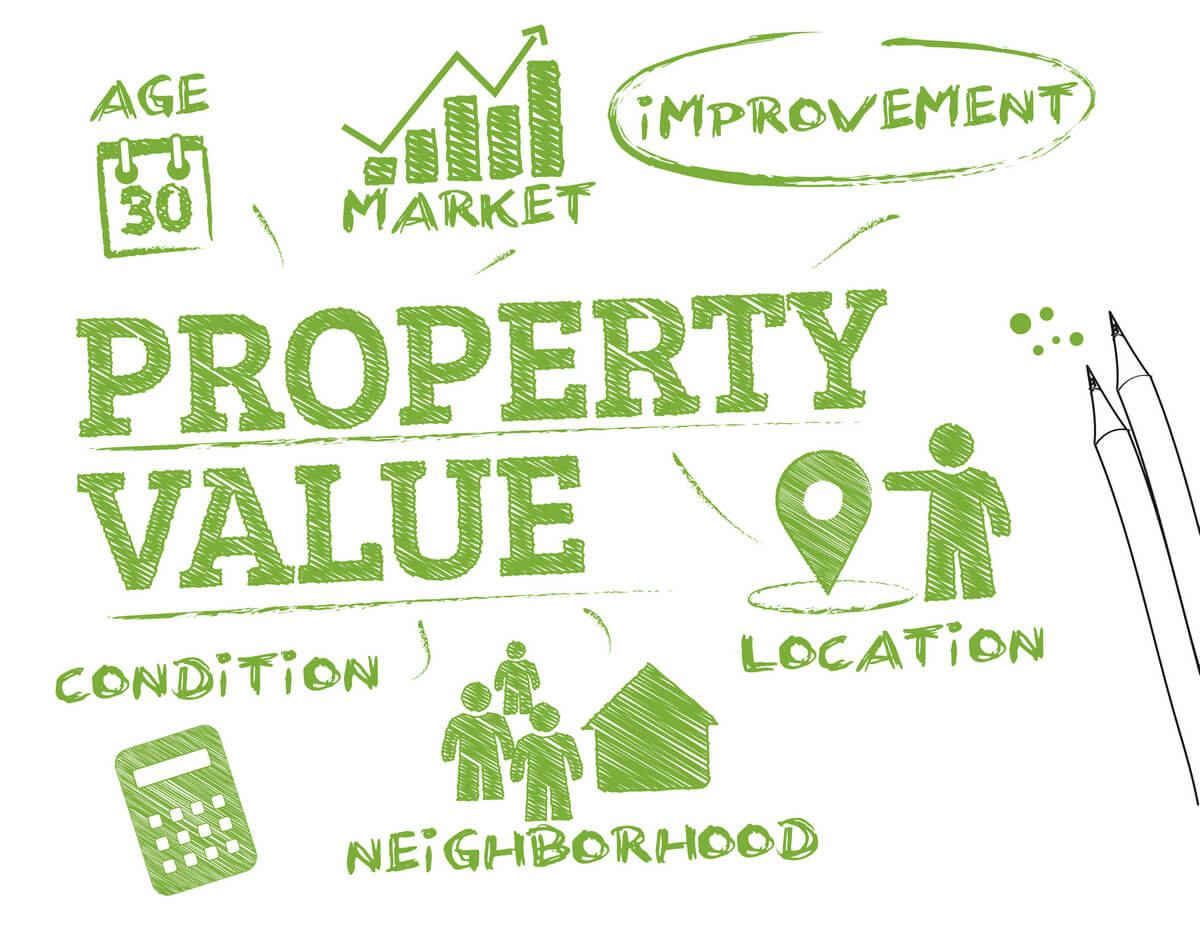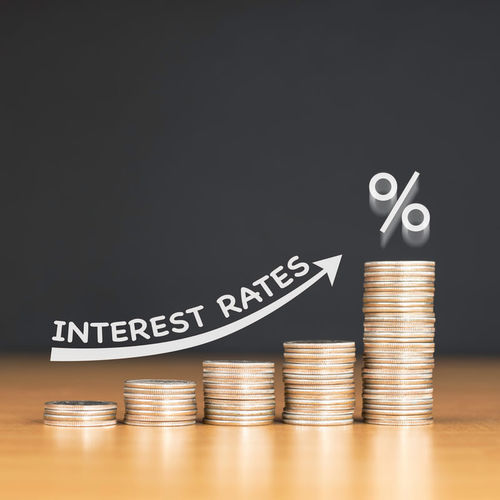How Do I Know What My House Is Really Worth Before I Sell?

One of the most common—and costly—mistakes homeowners make when preparing to sell is mispricing their home. It’s understandable. When you’ve lived in a property for years, invested in improvements, and built memories there, it’s easy to conflate emotional value with market value. But the moment you decide to sell, your house becomes a product in a competitive marketplace. And like any product, it’s only worth what someone is willing to pay for it—not what you hope to make or what your neighbor got last spring.
The consequences of overpricing are significant and predictable. Interest is tepid. Showings are sparse. Time on market accumulates. Eventually, price reductions follow. And with every cut, you lose leverage. Buyers begin to assume there’s something wrong with the property—why else hasn’t it sold? This suspicion leads to lowball offers and weak negotiating positions. In fact, homes that undergo one or more price reductions sell for measurably less than those priced accurately from the outset, according to longstanding data from the National Association of REALTORS®.
Pricing isn’t just about maximizing return—it’s about positioning. It communicates to buyers where your home stands in relation to the rest of the market. A strategically priced home signals value and creates urgency. It attracts multiple qualified buyers, which in turn gives the seller optionality. That’s the position you want to be in: not accepting the first offer out of necessity, but evaluating offers based on merit—because you’ve created demand.
Unfortunately, many sellers default to a flawed strategy: price high with the intent to negotiate down. This approach is rooted more in retail psychology than real estate economics. Buyers today are highly informed. They’ve studied comparable listings, tracked recent sales, and watched interest rates tick up or down. If your home appears misaligned with the market—even by a small margin—it’s dismissed, not considered. Worse, homes that linger on the market signal vulnerability. Perception, in this case, becomes reality—and sellers pay the price.
An intelligent pricing strategy requires more than a glance at online estimates or recent sales. It requires careful analysis of three key dimensions: historical data (what has recently sold and why), current competition (what else is available to buyers in your price range), and macro and micro market dynamics (interest rates, inventory levels, local demand patterns, and buyer psychology). Resources like Redfin’s Data Center and Zillow Research offer general insight, but interpreting that data in the context of your specific home and location is where real strategy begins.
This is where a skilled advisor becomes invaluable—not to dictate a price, but to guide you through the process of interpreting data and aligning price with the larger goals of your sale. I always tell my clients: you can choose the price—but choose it with your eyes open. My role is to provide clarity. We evaluate comparable properties together. We assess condition, upgrades, and layout. We examine buyer behavior in real time. And then, we position your home where it will command attention—without inviting unnecessary risk.
Done well, this strategy does more than just help your home sell—it protects your time, your peace of mind, and your equity. The alternative is playing defense. It’s chasing the market, enduring repeated showings with no results, fielding disappointing offers, and wondering what went wrong. And by the time that happens, the damage is already done.
Selling your home is one of the most financially significant decisions you’ll make. It deserves more than guesswork or gut instinct. It deserves a measured, intelligent approach rooted in data and guided by experience. I’m not in the business of talking people into selling—I’m in the business of helping people make confident, well-informed decisions.
If you’re considering a move—even if it’s months away—the best time to start understanding your home’s true market position is now. When you approach pricing strategically, everything else falls into place: marketing becomes more effective, negotiations become more favorable, and your outcome becomes more predictable.
You don’t need to rush. But you do need to be ready. The market rewards preparation and punishes hesitation disguised as optimism. Let’s avoid the costly detour of overpricing and instead build a plan that positions your home as the obvious choice in the eyes of today’s buyers.
If that sounds like the kind of approach you’re looking for, I’d be glad to walk you through it—no pressure, no sales pitch. Just a smart conversation about the numbers, the timing, and your goals.
Because when it comes to selling your home, clarity is power. Let’s get you both.
Check out this article next

Don’t Be Fooled by "Special Builder Rates": How Rate vs APR Really Works (And How to Protect Your Wallet)
Builder offering a 3.75% rate? Watch the APR. Learn how to calculate real costs, break-even points, and why temporary buydowns might be smarter.
Read Article


